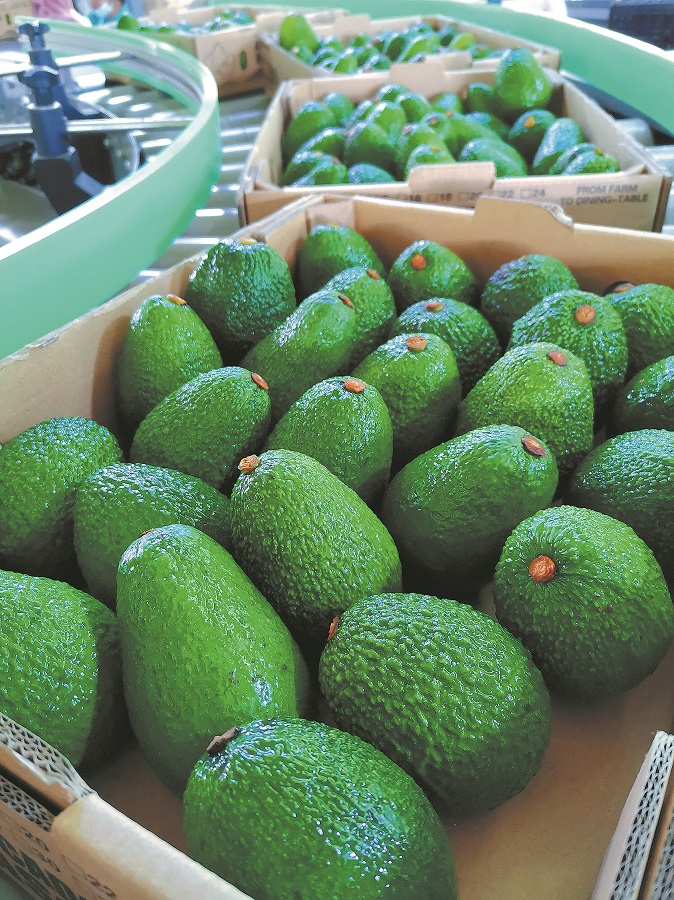

Sharing profits
The 334 collaboration model, developed by the local government and enterprises, is a profit-sharing mechanism where farmers contribute land for a 30 percent share, enterprises provide seedlings and technology for another 30 percent, and State-owned management companies, village cooperatives, and village collectives, hold the remaining 40 percent.
This model ensures that farmers get a share of the profits and guarantees a minimum income of 300 yuan per mu (0.06 hectares) of land during the initial three non-harvest years. It also means that the company and the village collective share the risks with the farmers.
Yang Hua, the Party Secretary of Mangxin town, was one of the first to promote avocado cultivation to farmers. "Compared with crops like corn and sugar cane, avocados offer higher economic returns," Yang said. The 334-collaboration model was also a crucial factor in convincing farmers to participate.
Zha Ke, persuaded by this model, decided to lease his 7 mu of land to the cooperative for avocado cultivation in 2016, despite never having seen or tasted an avocado. But his bold decision has since brought him and his family substantial income. "Last year, I earned 47,000 yuan in dividends from my land," he said.
In addition to dividends, Zha Ke earns 120 yuan a day working at an avocado orchard. "Overall, avocados have increased my annual income by about 50,000 yuan," he said.
As more villagers witnessed the benefits of avocado cultivation, participation grew.
"In our village group of 146 households, almost every one now grows avocados," said Zha Ke from Mangxin village.
"Even if they don't plant them in their fields, they have avocado trees growing in their yards or around their houses."